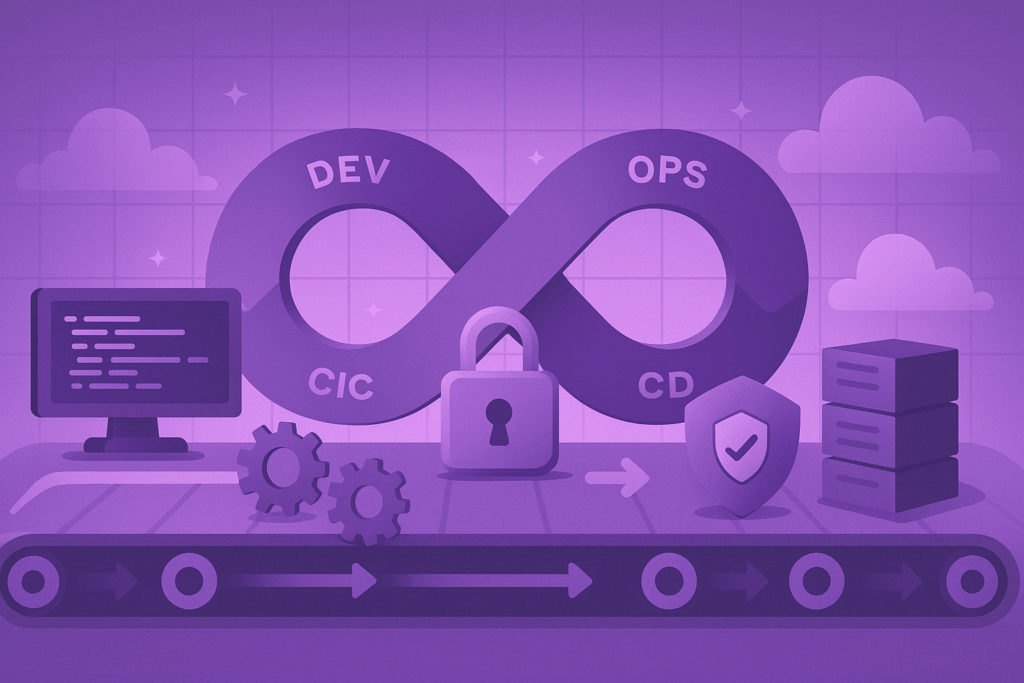All three (prototype, MVP, and Proof-of-Concept), are used to raise funds with investors and to validate an app idea. An MVP is a full app so it costs the most of the three. A proof-of-concept is usually an add-on to a prototype. A prototype is not supposed to be functional, because the moment a prototype becomes functional it becomes an MVP – see below what I mean.
Here are the differences between each of them:
1.MVP
> It is the minimum app needed for an app to be on the market.
> This is a finished app that has fewer features than the full version.
> It is a fully functional app and has the complete foundation of the future full application.
2. A prototype
> It is a fully designed but non-functional version of the final project with mock data.
>A good prototype will have designs for each of the components for the final project. Meaning, if the final project has multiple mobile apps and multiple web apps, then the prototype needs to show designs for each of them.
> A proper prototype should come with all the designs and documentation needed
> Prototypes should be dynamic and clickable so investors can feel how the final app will behave
> The prototype’s documentation needs to include a very detailed quote of the final build, broken down by feature. As well as the exact tech stack that will be used to create it.
> A good prototype with a solid business plan has a very high probability of raising funds.
> A prototype is a must, as part of the design phase of any app and website. We don’t start coding until the client approves the prototype designs.
> Here are prototype design examples:
a. Of a simple corporate website: link
b. Of a mobile app: link
3. A Proof-of-Concept is a small piece of live code that shows how the final version will work.
>You only need them when you have some advanced functionality to show. Something like AR, VR, Ai or facial recognition or some advanced hardware integration, or even an advanced matching system.
> A proof-of-concept is usually added to a prototype to provide a live demonstration to investors of some very advanced functionality.
> A good proof-of-concept is a very custom code that is counted as an actual asset by the startup. This is an important note since even when investors don’t like a startup’s overall idea they might still invest in the start just to buy that asset.
> Successful startups will adapt their core proof-of-concept to various target markets to increase the need for their idea and to get more investment.



